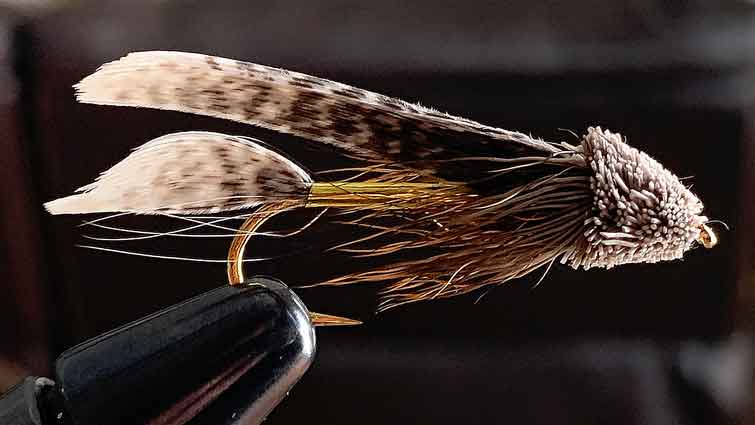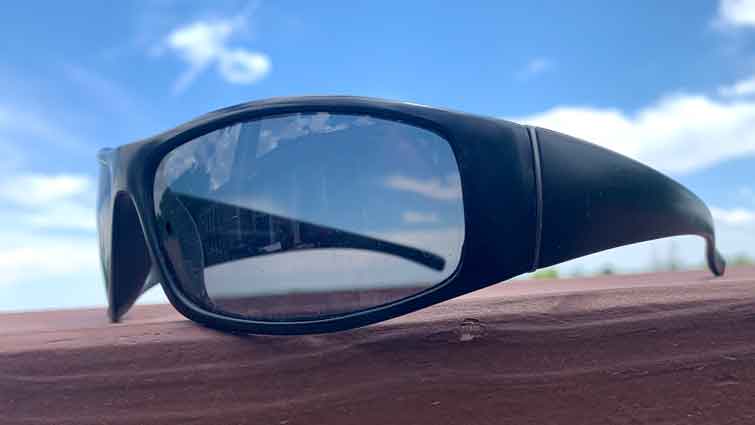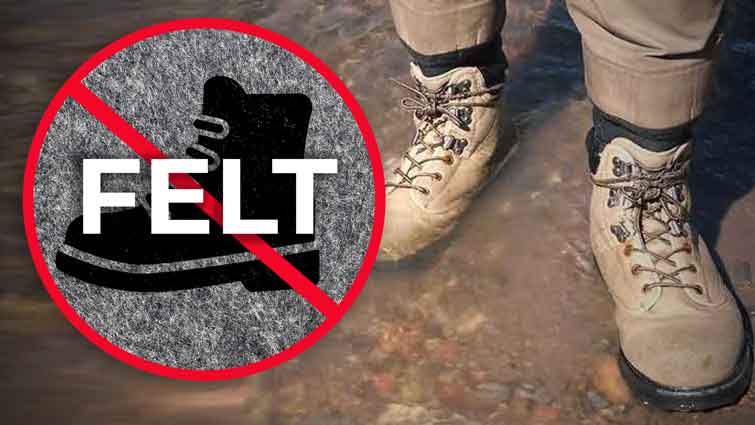Learning a new style of fishing can seem overwhelming with the abundant options that are out there. This is why it is important to prepare for your upcoming outing by understanding the conditions and your preferences before making your rig selection.

Here are the important questions I ask myself several days before a trip:
1. What is the location like?
Personally, I prefer to fish on a boat with a ladder so I can easily get down in the water and cool off throughout the day, but you may prefer to kayak or wade. Your success rate will ultimately be affected by understanding how to fish in your preferred style and location.
Are you fishing in a lake or fast-moving water? Consider how much the water speed changes your approach when it comes to choosing your rig setup.
Both tackle and fly selection need to be adjusted according to water depth and the size of fish in that body of water.
2. What are the current seasonal impacts?
Salmon behavior drastically changes throughout the year. Understanding the salmon run in relation to this species’ spawning behavior is essential regardless of your location.
The primary reason for salmon to move from salt to freshwater is to reproduce, but the exact time of year this occurs varies according to where you are.
Research what time of year you can expect to have a better chance of filling that cooler. Don’t be afraid to go to a local bait shop to ask what is working in your current season.
3. What are the expected weather conditions?
There is one thing I have learned in my time as an angler, and that is you can never trust the weatherman.
This makes it essential to have your rig set up for varying weather conditions, so you are always prepared to shift strategies if the weather changes on you.
Your ability to cast where you want, show the salmon a convincing presentation, and reach the right water column are all variable depending on the weather conditions.
4. What do you enjoy using?
Answering this question takes time and experience using different flies.
Finding out what you are most confident in means trying different things in different scenarios. There are unlimited resources at your disposal to learn the gear essentials, but what is most important is actually believing you will catch fish with your setup.
Taking your time to research, practice, and hopefully execute will help you narrow down your favorite tackle and give you the best chance of success.

Differences in Salmon Flies
Now that you understand the importance of conditions and personal preferences, let's discuss the differences in the main salmon fly categories:

1. Streamers
This style is more about weaning out smaller fish due to its size and active retrieval. Leeches, minnows, crayfish, and other aquatic bugs are all examples of what you are out to imitate beneath the surface of the water.
This type of fly allows you to cover more ground and is an all-around more active style of fly fishing, making it especially popular in the case of targeting salmon.
I typically migrate toward a wooly bugger due to its flexibility of techniques, but you really aren’t limited with the types of streamers and what they can offer.

2. Nymphs
Nymphing is often considered the best option for beginner anglers, and here are some tips for improving your nymphing game. The goal is to target salmon sub-surface by imitating the larval state of aquatic-born flies.
This isn’t about covering more ground searching for larger fish, but about presenting your prey with an easy meal.
A nymph is also a great fly for dead drifting and what a lot would consider your best chance to catch salmon, since the vast majority of feeding actually occurs below the surface of the water.
I typically use a hex nymph due to the action it provides.

3. Egg Flies
This one was named very appropriately, as you are looking to imitate an egg. Eggs provide a lot of protein for salmon and can be their easiest meal when they are spawning and need additional nutrients.
For this type of fly, you want it to tumble along the bottom just like an egg would. You have a lot of options here, but you can’t go wrong with a glo bug due to how well it stands out in the water.

4. Dry Flies
Here we have what is considered the most advanced form of fly fishing. Dry flies are made to imitate surface dwellers, so presentation has never been more important.
To entice the aggressiveness required for surface blow-ups, you really have to master the technique.
This strategy is without a doubt the most rewarding due to the visual aspect of it, but with that comes added difficulty most would not suggest for the beginner angler.
I typically use bombers since they tend to be easier to keep afloat.
Choosing the Right Fly
Fly fishing for salmon can be one of the most rewarding experiences for the avid angler once you’ve answered all the above questions. Of course, luck is always involved with any type of fishing, but if you spend the time researching and practicing you will without a doubt find yourself catching more fish, more often.
Understand your conditions, find out what you prefer, and lastly make an informed decision on what type of rig to use. Tight lines!
About the Author



